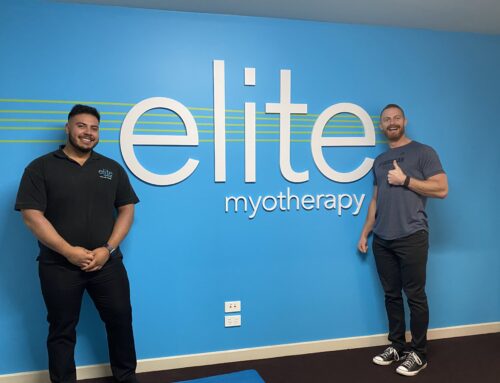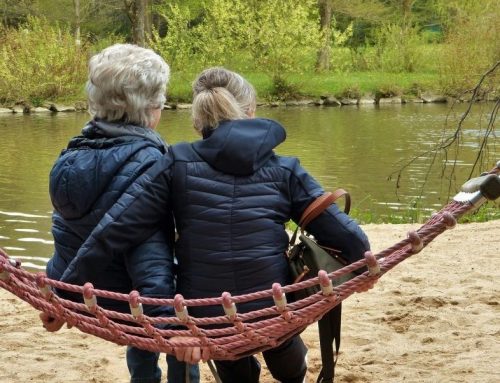Shin splints is a common term used to describe any tissue injury and inflammation to the connective tissue and muscles attached to the lower leg bone (tibia) and muscles involved with control of the foot.
Also known as medial tibial stress syndrome, this pain will usually develop down the length of the inside of the shinbone. Pain occurs during long runs or sport and is usually quite aggravated during activity, but eases shortly after stopping.
Pain can become so intense that the runner might not be able too continue and can alter a runner’s technique. Many people will adapt to the pain they are feeling, because they usually just think its running soreness, but if the pain is not addressed the intensity usually increases, the duration of pain increases and continual aching can occur at night time.
Sometimes in severe cases, stress fractures can be caused.
Predominately the tibialis posterior muscle is most commonly affected but the flexor digitorum longus (big toe mover) and the aponeurosis tissue can be affected. Running technique and foot posture is one of the biggest causes to shin splints, with overpronation and flat feet the main contributor.
With many inflammation conditions, they are caused from an injury or overuse. Overtraining is another contributor to shin splints. Seen in people that are doing too much running with not enough recovery (when people are returning to sport or running after some time of rest or people that are increasing the capacity of training).
Myotherapy is a really effective treatment method including deep tissue massage, dry needling, taping and stretching to the calve muscles. It is also important to incorporate a lower body training program including calf and gluteal strengthening to ensure the shin splints are managed.
As gluteals maintain the stability of the hip which reduces the deviation through the leg towards the foot and reduces over pronation in the feet.
Shoes are also an important factor, they must be supportive and have the right shape and structure that is best suited to your foot. Elite Myotherapy works closely with some great podiatrists that are best suited to recommending a proper running shoe.
Some tips for self-treatment and management:
- Rest as much as you can
- Apply an icepack to the affected areas for 10 to 20 minutes, about three or four times daily
- Consult your GP for possible anti-inflammatory medication
- Perform low impact activities while you recover, such as swimming
Ways to reduce the risk of shin splints in future include:
- Thoroughly warm up before exercising and include plenty of slow, sustained stretches in your cool down
- Incorporate a regular routine of stretching into your fitness program
- Continually strengthening your lower body for support
- Flat, softer surfaces to run on will reduce impact through the feet
- Intensify training appropriately
- Appropriate running shoes






